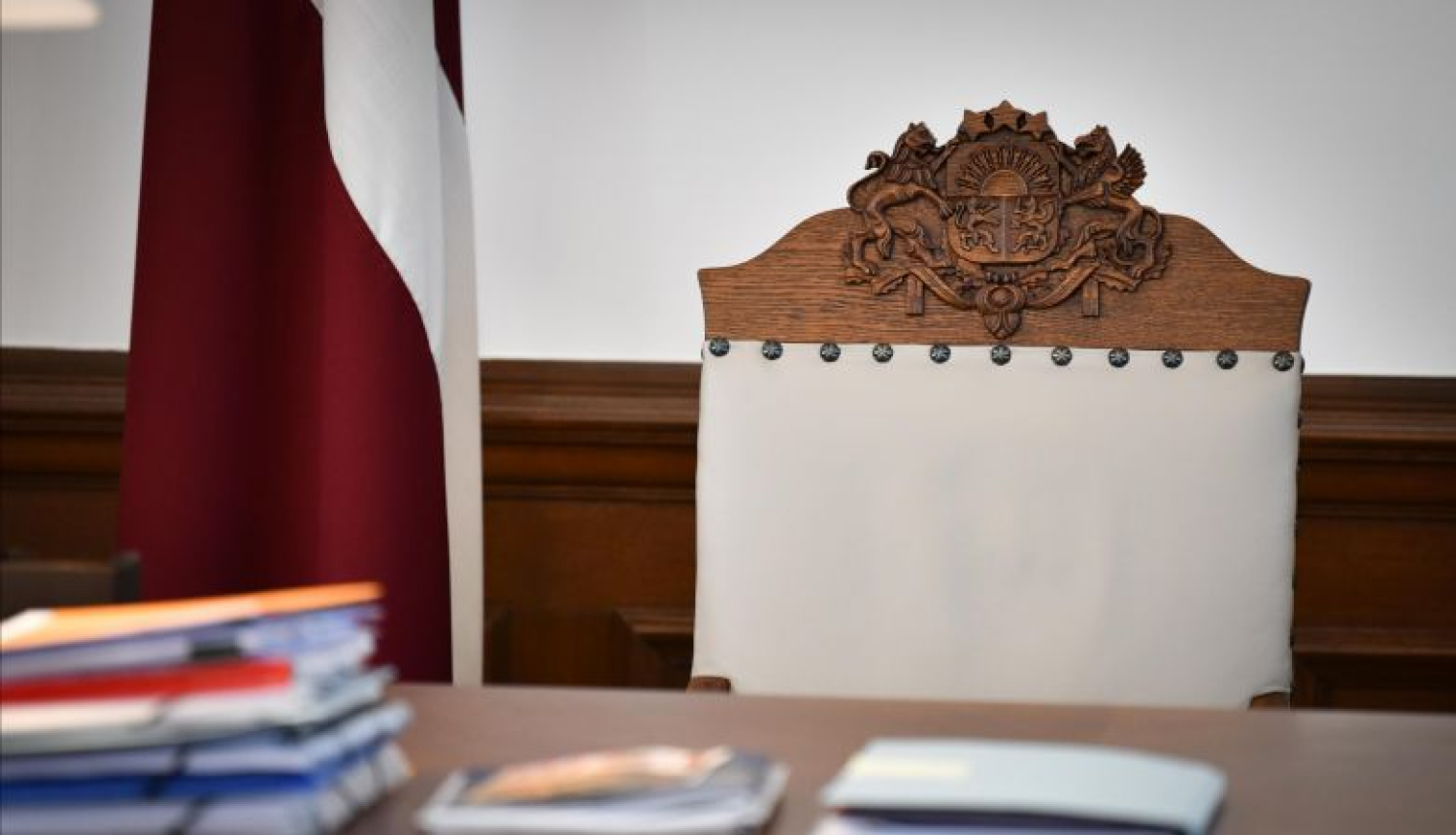I
As President of Latvia points out, ‘Each historical Latvian land – Vidzeme, Latgale, Kurzeme, Zemgale and Sēlija – has its own identity, cultural and historical environment. These unique assets represent the diversity of Latvian identity, Latvianness. We need to preserve these assets for future generations. That is the aim of this law.’
Letter of the President also indicates that historical Latvian lands should not be perceived as additional administrative or territorial units, or new level of government. Boundaries of historic regions of Latvia do not (and should not) replicate neither the borders of existing planning regions (or proposed regions) nor biggest cities or regional governments.
II
In his letter, President Levits urges MPs to respect and keep vital horizontal policy instruments, such as development plans of historical Latvian lands and their cultural environments, historical Latvian land development councils and Cabinet of Ministers reports on implementation of the objectives of the bill and development plans, in the law. ‘Proposed law is not a declaratory act. It contains well-weighed proposals on horizontal policy tools, which will facilitate the attainment of the law’s goal of providing framework for planning and roll out of national policy and sustainable development of historical Latvian lands and their culture space,’ indicates President Levits.
III
He also urges parliamentarians to use the law to settle the status of Latgalian written language, regulate the use of Liv language and define the content of regional studies. Egils Levits also calls upon MPs to support the proposal to grant special state protection to identity, cultural and historical environment of Liv, which is one of Latvia’s first nations. Egils Levits also expresses his support for the idea of providing detailed rules on the use of Latgalian written language, which is considered one of the ancient dialects of Latvian. ‘Two parallel varieties of written Latvian language and diversity of our language forms, dialects and accents is our shared asset – we should all nurture it and pass it on to next generations,’ reminded President Levits.
IV
As far as bill is concerned, President of Latvia has rejected the proposal to grant special status to Riga as the capital of Latvia and specific historical Latvian lands. He offers to keep Riga’s historic affiliation with Vidzeme. ‘I think that special status of Riga as the capital or the agglomeration should be regulated through the new local government law or even a special law. I want to make this very clear – Riga has been subject to special regulatory framework in our legal tradition,’ writes the President.
Egils Levits also suggests listening to experts before deciding on the map and boundaries of historical Latvian lands. Any changes should be based on scientific facts to avoid politicising the issue. ‘Actual boundaries of historical Latvian lands are not the same as boundaries of existing or envisaged municipalities and planning regions. There is no reason to replicate the boundaries of existing or envisaged municipalities and planning regions on the map,’ stresses President Levits.
V
After going through proposals regarding the symbols of historical Latvian lands submitted by MPs, President continues to insist that coats of arms of Vidzeme, Latgale, Kurzeme and Zemgale should be subject to a special law, which, however, needs to be amended to avoid any discrepancies with historical Latvian lands bill. ‘Amendments in some of the provisions of the Law on the coat of arms of Vidzeme, Latgale, Kurzeme and Zemgale are needed. We must start by agreeing on the design of Sēlija’s coat of arms. I am ready to work together with Heraldry Committee to prepare and submit the relevant changes in the law to the parliament,’ President Levits suggests.
He also urges MPs to include a procedure for approval of flags of historical Latvian lands in the bill. According to proposal submitted to the Saeima Administrative-Territorial Reform Committee, sketches of flags of historical Latvian lands would be developed by development councils of these lands and approved by the President upon consulting with State Heraldry Committee.
In his letter, President of Latvia expresses hope that responsible committee will do a diligent job on this broad and important topic, so that the President can sign the bill into law by 1 July 2021.




